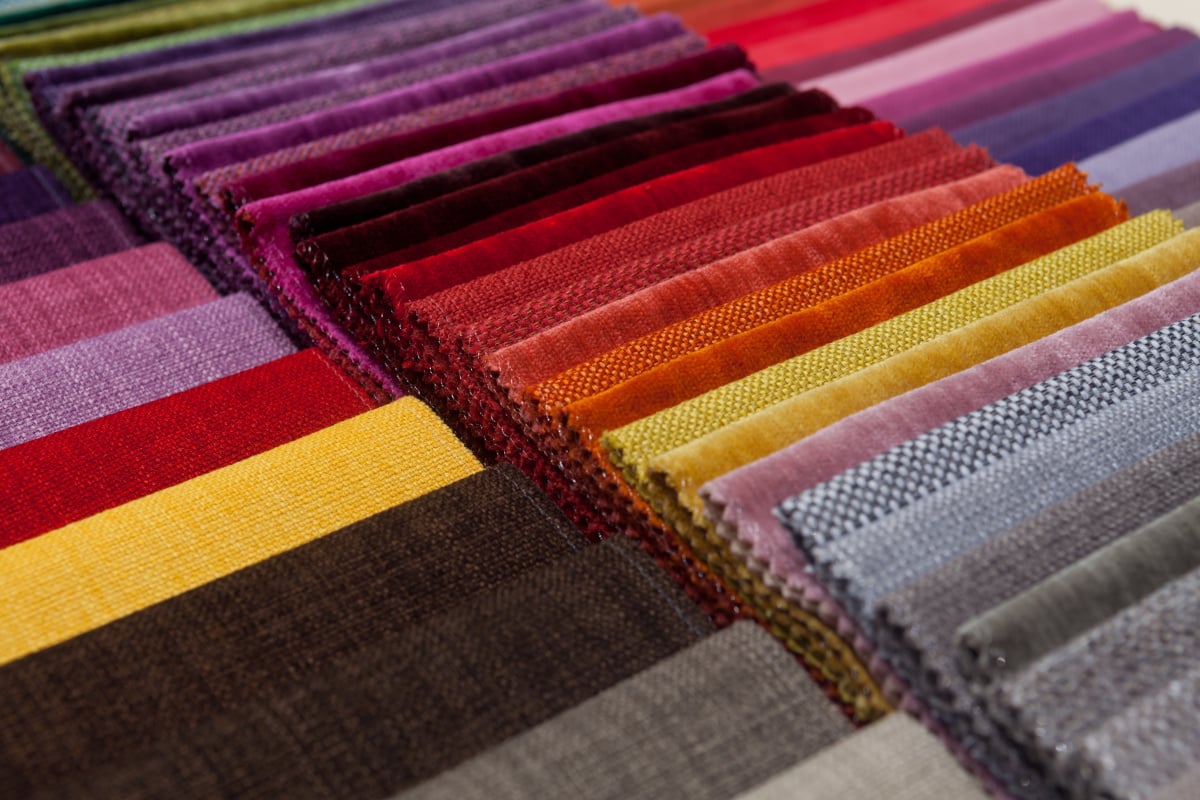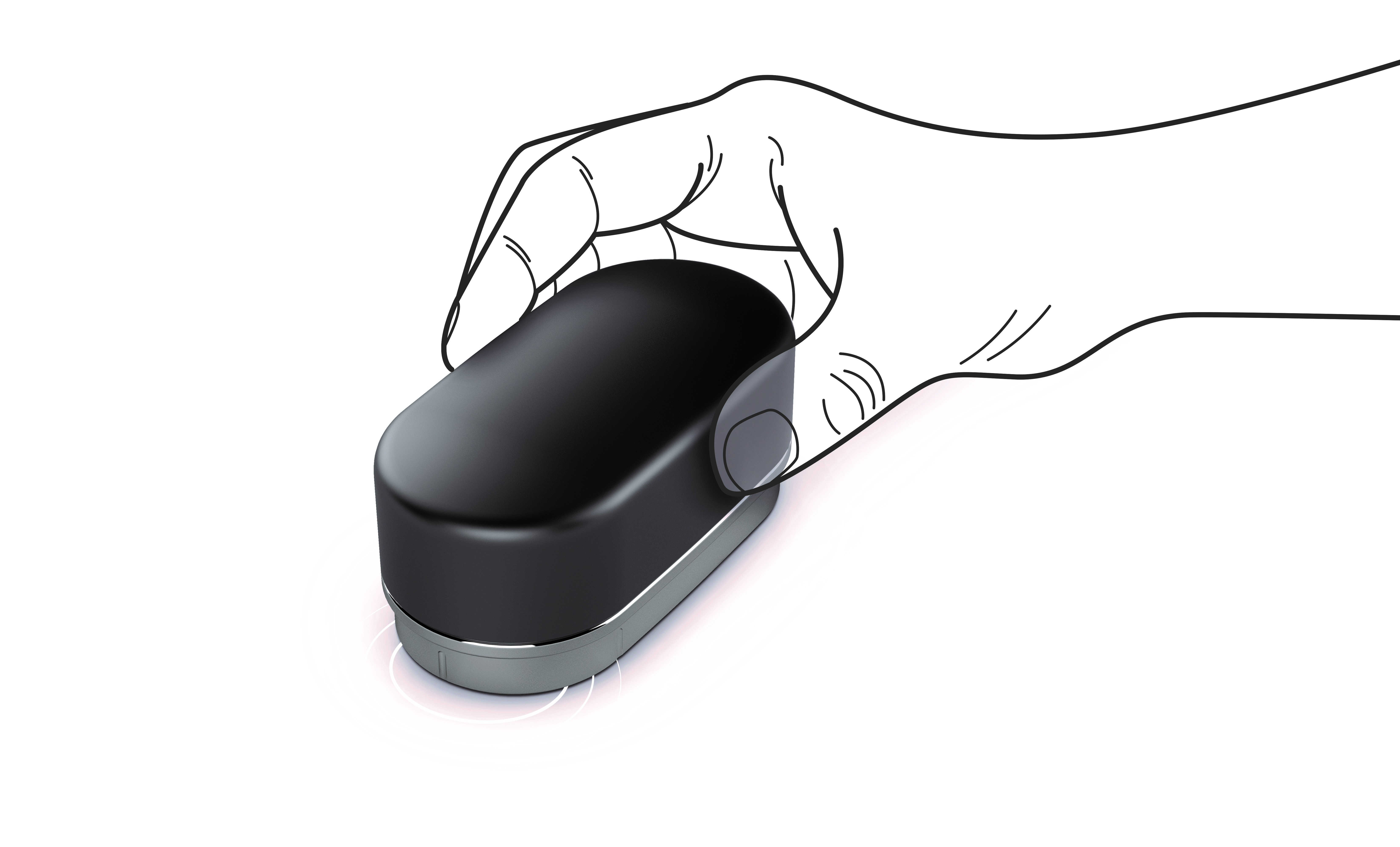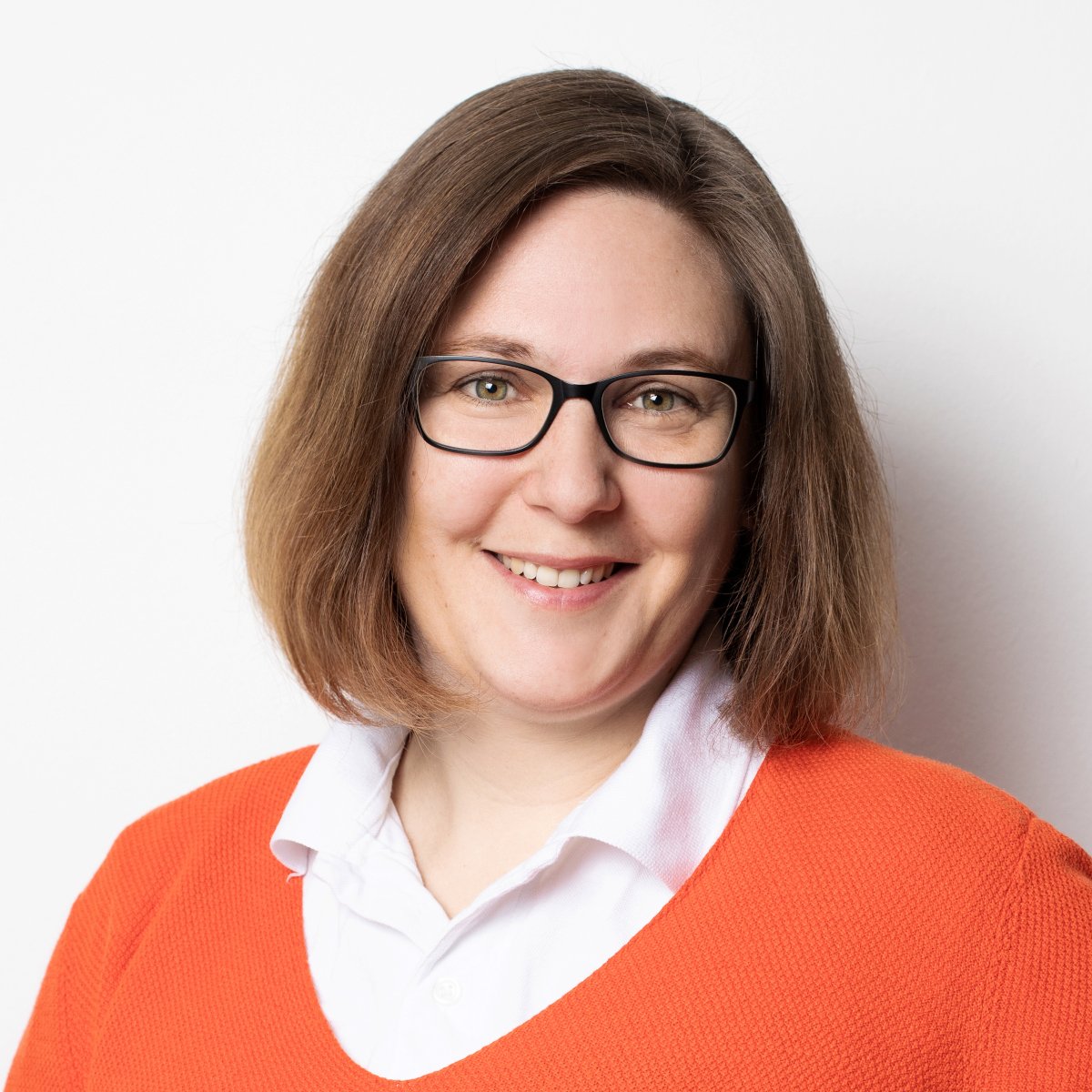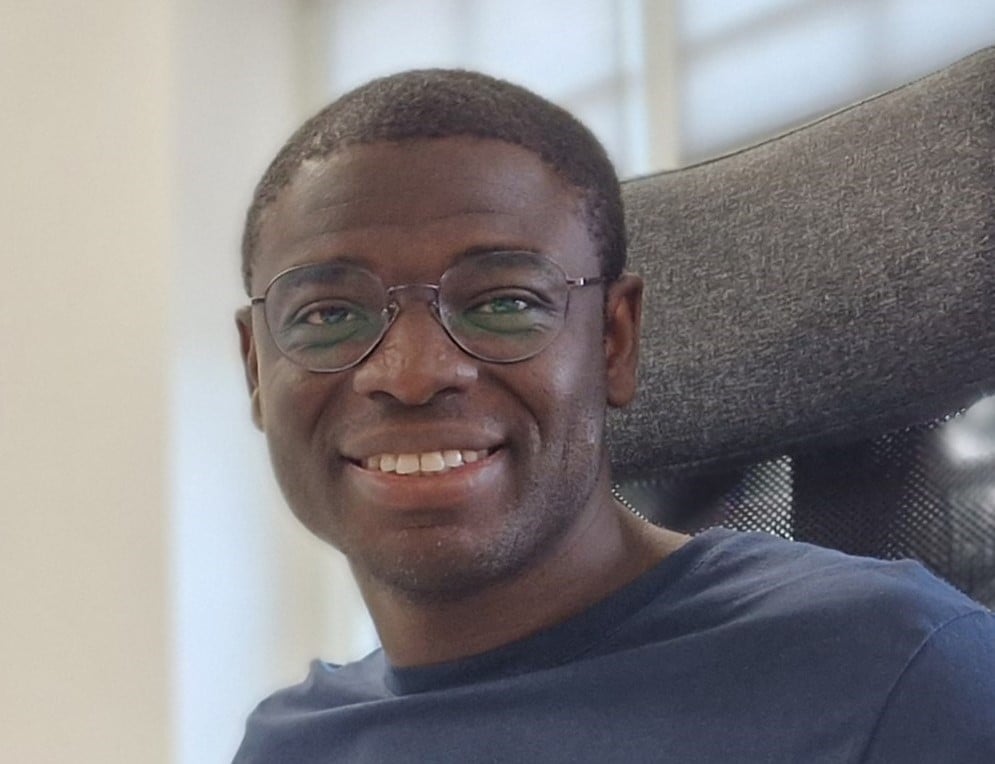How are 16 wavelengths enough? What is an optical fingerprint? What is important to produce reliable results? These are questions you have asked us in the past and our CTO Robert Brückner answered them for you in an interview series.
Today we are going to look at a few questions that have reached us only recently. A lot of you seem to be rather interested in the workways of our applications and the underlying chemometric models that enable them.
Let’s dive into it.
Why does the quantification of cotton and polyester require a separate model than the identification of cotton, polyester, silk, and wool?
An application for the identification of cotton, polyester, silk, and wool allows you to differentiate between each of those materials. The foundation of this application is a chemometric model that was trained to do exactly that – differentiate between cotton, polyester, silk, and wool.
An application for the quantification of cotton and polyester, however, allows you to determine what percentage of cotton and polyester is present in the analyzed sample. The result could for example be 20% polyester and 80% cotton. For this application an entirely different chemometric model is need. This model would not be able to identify wool or silk at all as it is only trained to quantify cotton and polyester in a cotton-polyester fiber blend.
 © [kon] / Adobe Stock
© [kon] / Adobe Stock
What can the SenoCorder measure?
The SenoCorder can measure the light that is reflected by a sample in the wavelength range of 1200 to 1700 nanometers. By the amount that the sample reflects and absorbs the light, we can identify and quantify materials and their composition. A few examples are textiles, food, and medical pills.
One material class that is difficult to detect with our technology are metals. The reason for that is that most metals reflect light in the near-infrared range very well without having a characteristic fingerprint. That means that it isn't possible to differentiate between copper, gold, and iron as they all look the same through the lens of NIR spectroscopy.
If you would like to learn more about spectroscopy and how measurements are conducted, check out this article.

What can chemometric models do and what can’t they do?
A chemometric model can compare the spectrum of an unknown sample with the spectrum of a known sample. Based on this comparison it can provide you with information about the textile’s composition. For example, if your chemometric model was trained to identify cotton, polyester, wool and silk and you are measuring a fabric, it will be able to tell you whether the fabric is made from either of those materials.
What a chemometric model can’t do, is to give information about a material or a sample that it has no comparison to. Think about our example again, if the model was trained to identify cotton, polyester, silk, and wool, it will not be able to identify a fabric that is made from viscose.
If you would like to learn more about chemometric models and how there are built, have a look at this article.
Today we have learned what chemometric models can and can’t do and why different applications require the use of different chemometric models. We have also taken a look at the materials that can be measured with the SenoCorder. If you have any questions of your own that you would like us to answer, send us an email to marketing@senorics.com.
P.S. Have you discovered the SenoTalk yet? Have a look at the video on YouTube.




